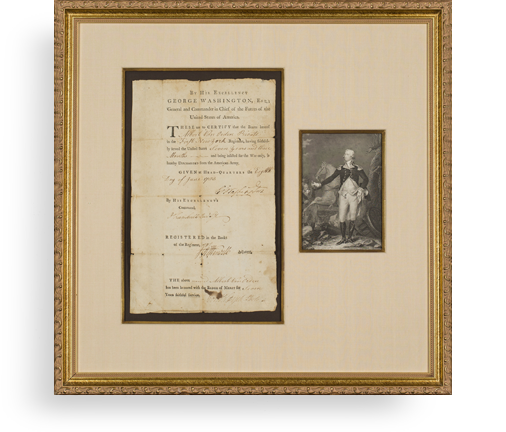LBJ Makes an Important Appointment to a Federal Commission

In 1966 Congress established the National Commission on Reform of Federal Criminal Laws to examine the state of the federal penal law and to propose a reformulation. The action was in part taken to appease an anxious public which was insisting that Congress do something about dramatically escalating crime rates, but...
In 1966 Congress established the National Commission on Reform of Federal Criminal Laws to examine the state of the federal penal law and to propose a reformulation. The action was in part taken to appease an anxious public which was insisting that Congress do something about dramatically escalating crime rates, but it was motivated as well by an authentic desire to reform and improve the law. Congress left no doubt that it wished to see a thorough rethinking of the federal law of crimes, and its mandate was heeded. In due course the commission produced a thorough revision of the federal substantive law of crimes, and several bills were passed for the enactment of portions of it into law. The centerpiece of the new laws was the RICO?anti-racketeering act aimed at organized crime.
Pat Brown lost the 1966 California gubernatorial election to Ronald Reagan and left office in January 1967. President Johnson decided to utilize Brown’s talents to head the new criminal law commission and appointed Brown to the post. Document Signed as President, March 16, 1967, designating “Edmund G. Brown Chairman of the National Commission on Reform of Federal Criminal Laws.” This is the first Johnson document we can recall issued in the form of a presidential Order.

Frame, Display, Preserve
Each frame is custom constructed, using only proper museum archival materials. This includes:The finest frames, tailored to match the document you have chosen. These can period style, antiqued, gilded, wood, etc. Fabric mats, including silk and satin, as well as museum mat board with hand painted bevels. Attachment of the document to the matting to ensure its protection. This "hinging" is done according to archival standards. Protective "glass," or Tru Vue Optium Acrylic glazing, which is shatter resistant, 99% UV protective, and anti-reflective. You benefit from our decades of experience in designing and creating beautiful, compelling, and protective framed historical documents.
Learn more about our Framing Services








































































































